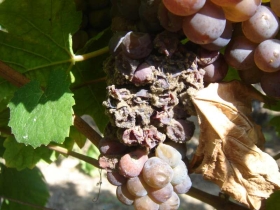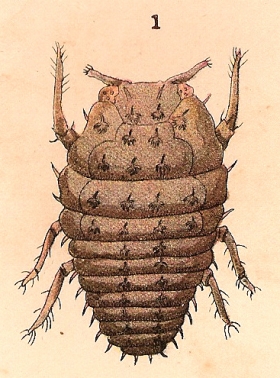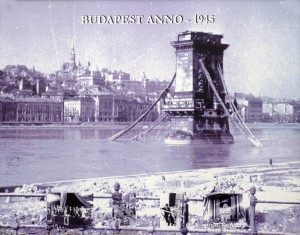



Legend has it that, fearing a turkish attack, the harvest was late and not completed until some time later. As a consequance the rot had affected the grapes. When the wine from the late harvested grapes was opened the following spring the high quality of the wines was recognised and the reasons behind its success were identified.

Buda was liberated in September 1686 by united christian forces. This was the end of Turkish occupation and the start of Austrian rule. Hungary was still not independent, but the Habsburg Empire provided an ideal market for Hungarian wines. The large feudal estates that had been seized by the Turks were re-formed and many incomers, in many cases Serbs, Swabs and Romanians, who brought wine making skills with them, were invited to repopulate the wine growing regions. Economic stability encouraged vine planting on a large scale. Wine was the most popular drink in Hungary and much was exported. The fine wines of Hungary were held in high regard and sold to the upper classes of the Austrian Empire, Poland and Russia.





As a consequence of the Trianon Treaty of 1920 and Hungary lost two-thirds of its former territory. A side effect of this is that several wine growing regions formally within Hungary are today to be found in neighbouring countries:
Ruszt & Burgenland are now in Austria
Pozsony is now in Slovakia
Szerémség is now split between Croatia and the Vojvodina province of Serbia
Ménes is now in Romania
A small part of the Tokaj Region is now in Slovakia.

After entering the Second World War, Hungary was occupied, firstly by Germany then by Russia.

Post war political interference by the Russians led to a series of social and economic upheavals, including the transition from democratic to totalitarian Communist rule.
In 1945 all vineyards were broken up and redistributed to the peasantry; three hectares each. This led to a decline in production and so in 1949 collective farms and cooperatives were introduced. The collective system was relaxed in 1953 due to its unpopularity, but after the failed 1956 uprising against Russian occupation, the policy of collectivisation was enforced once more.
These dramatic changes were all made at a time of post-war austerity and it was not until the 1970s that people saw a real improvement to their living standards.
The communists' love of central planning and collectivisation left no room for quality and no room for the individual. Production quotas were handed down and the co-operatives had to deliver them by what ever means. Investments were made in mass production techniques and many poor practices crept in as quantity was put before quality. Sloping vineyards producing concentrated grapes were abandoned in favour of the weak sandy soils of the Great Plains which allowed the use of tractors. For the individual grower there was no incentive to make quality wines as all grapes musts were mixed together.

By the time Europe's communist regimes collapsed the international reputation of Hungarian wine lay in ruins. Russian economic collapse left many co-operatives and state farms without a customer; facing bankruptcy they were put up for sale along with many of the small plots.
At the same time many growers took the opportunity to buy up land in the best areas, make their own wine and sell it under their own name.

After one hundred years of disaster and mismanagement the renaissance of the Hungarian wine industry is under way. While many producers in lesser areas are still under capitalised, investment in the traditionally famous wine areas has allowed the latest winemaking and bottling equipment to be installed. As a consequence of land redistribution in the 1940s many growers have to manage several disparate 2 hectare plots. Conversely this allows numerous winemakers to access the best vineyards.
In Hungary the new wine growers are held in high regard and in foreign markets Hungarian wine is finally shaking off its reputation for poor quality.